Scientists Pull 50,000-Year-Old Fossils From California’s La Brea Tar Pits
California’s La Brea Tar Pits, a unique and significant paleontological site, has produced a wealth of fossils dating back thousands of years to a time when Los Angeles was nothing more than a part of the American wilderness
From the fossilized remains of mammoths to saber-tooth cats and even humans, these findings may potentially revolutionize our understanding of California’s ancient ecosystem and the creatures that inhabited it.
California's La Brea Tar Pits
At the beginning of the 20th century, oil companies were digging wells in California when they stumbled upon bones and the fossilized remains of plants.
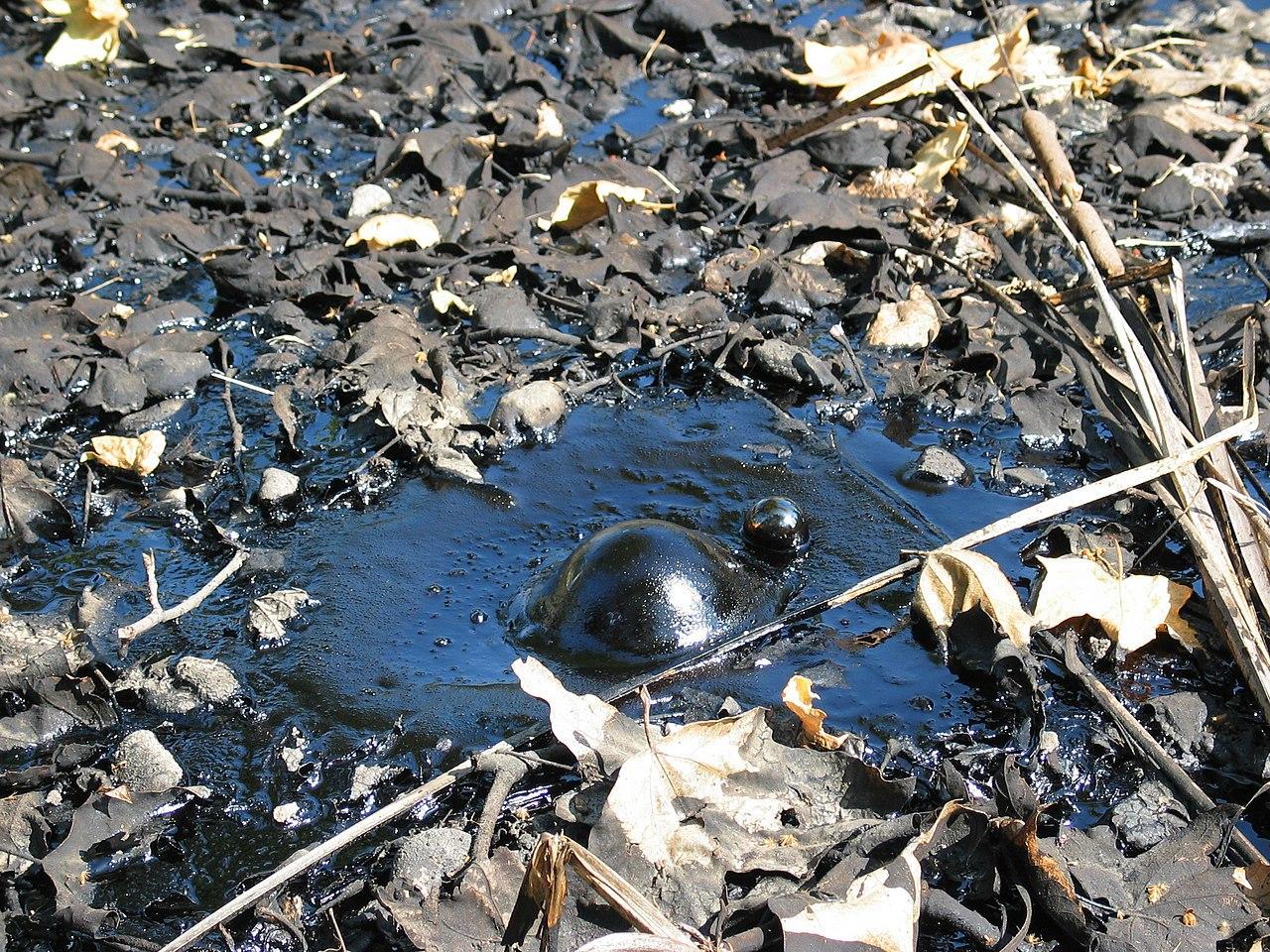
Source: Wikimedia
By 1913, the son of the land surveyor, Allan Hancock, had permitted Los Angeles County to dig at the site, which would later become known as California’s La Brea Tar Pits.
Crude Oil Pits in the Heart of LA
The pits are located in the heart of LA, and hundreds of excavations have occurred since they were first discovered over a century ago, resulting in the discovery of bones and fossils.

Source: Wikimedia
The name can be a little misleading, says Matt Davis, a paleontologist at the Natural History Museum of Los Angeles County, explaining, “It’s this crude oil that’s just coming up and has been up for the last thousand years.”
Over 100 Pits at La Brea
According to researchers, there are over 100 of these unique pits at La Brea, all of which have been numbered.

Source: Wikimedia
Archaeologists have discovered the remains of large animals, such as mammoths, and tiny specks of pollen within the thick black goo, all in a state of preservation. “That’s really rare for a fossil site,” Davis said.
Animals Trapped in the Black Gunk
Researchers working at the site detail the excruciating process animals experienced after becoming trapped in the black gunk thousands of years ago.
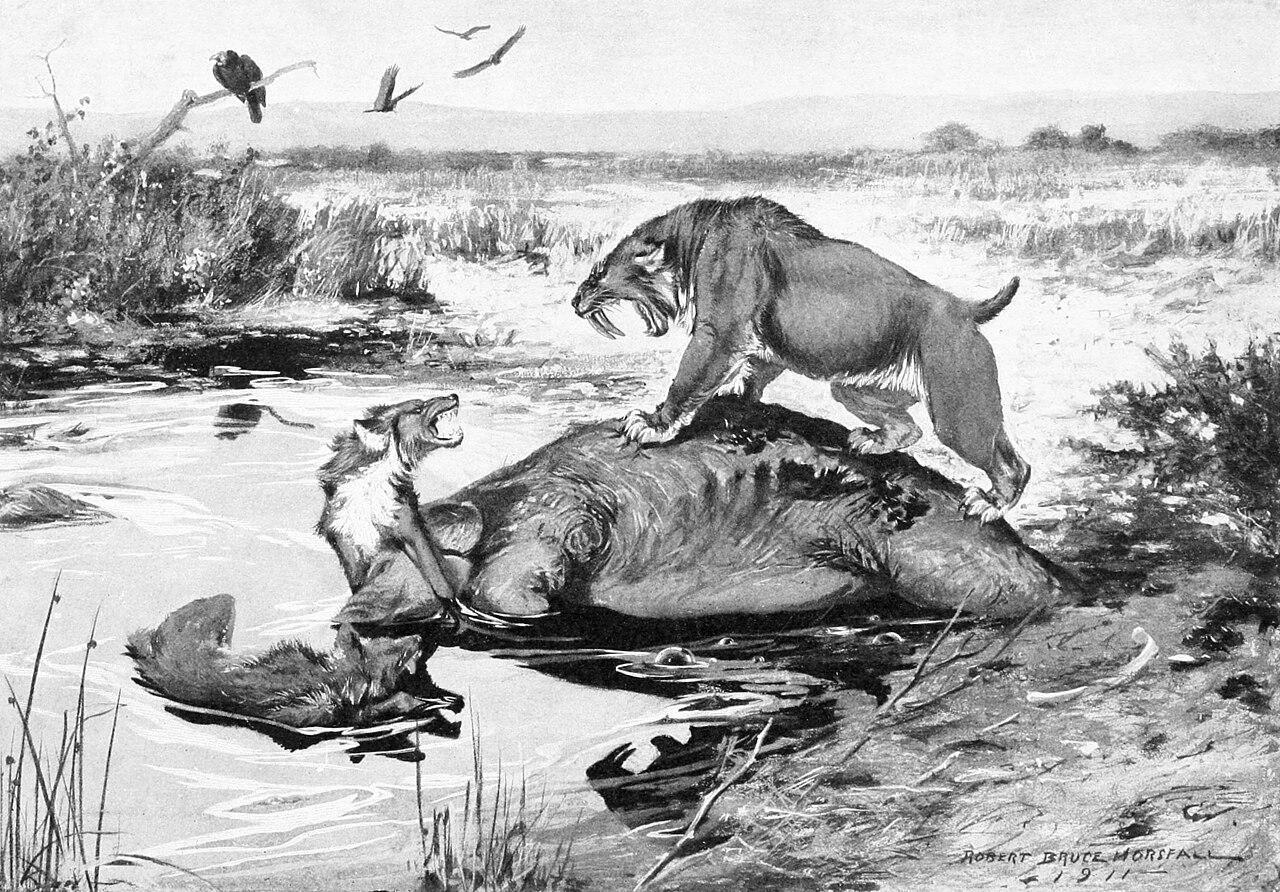
Source: Wikimedia
“It would have been horrible,” Davis said. “It would have been slow. You would’ve been stuck there for days starving until some animal ate you alive.”
50,000 Years in the Tar
Sean Campbell, a senior paleontological preparator, explained, “When it’s hot, it’s gooey. It’s very likely to trap things.”
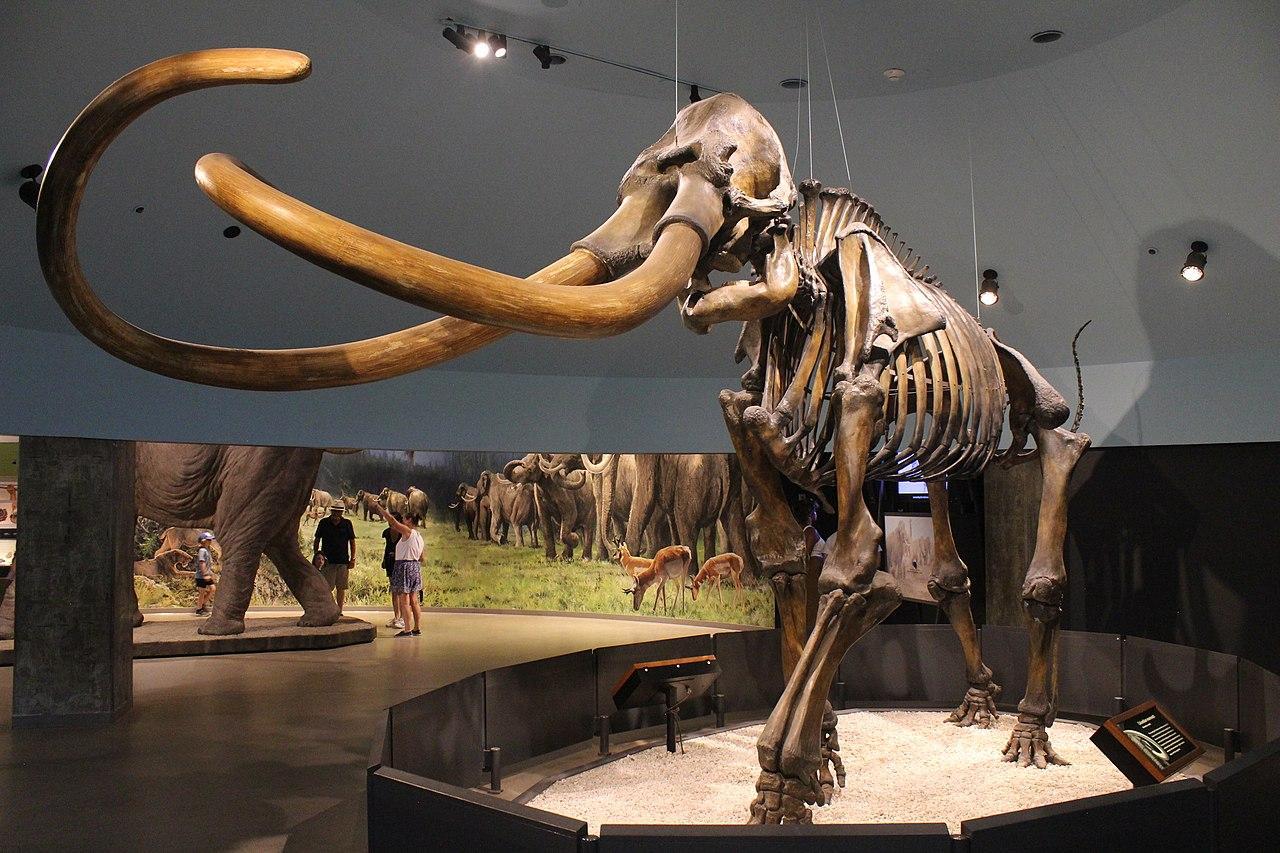
Source: Wikimedia
Regarding debris that’s currently covering the top of one of the pits, Davis claims, “These leaves will be in the fossil record for a paleontologist 50,000 years from now,” jokingly adding that future excavators may find the presence of cell phones and scooters.
Human Remains in the Pits
Researchers have only encountered one set of human remains in the pits, first discovered in 1914.

Source: Wikimedia
Dubbed the La Brea Woman, scientists discovered this young teenager died around 10,000 years ago. While the remains of a dog were discovered alongside the female, they were later found to be 7,000 years younger.
Will the Researchers Find any More Remains?
Scientists have suggested it’s unlikely any more human remains will be discovered at the pits, as the excavators are currently sifting through black goo that is between 34,000 and 51,000 years old.
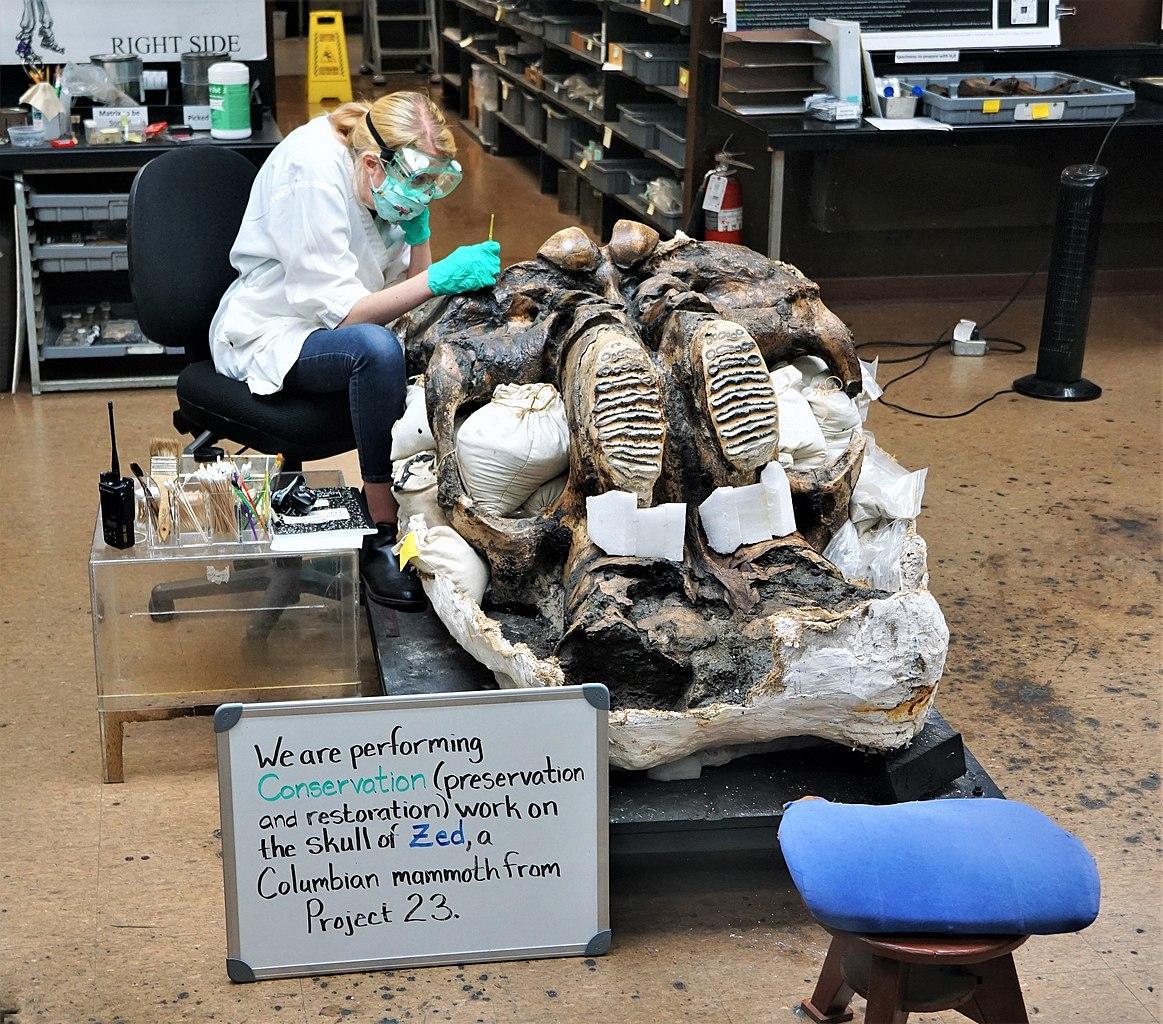
Source: Wikimedia
“It’s double the timeframe that is known for California humans,” he said.
Nearby Discovery of Fossils
The Los Angeles County Museum of Art was conducting a dig beneath an underground parking lot in 2006, not far from the tar pits, when it stumbled upon the remains of several fossils.
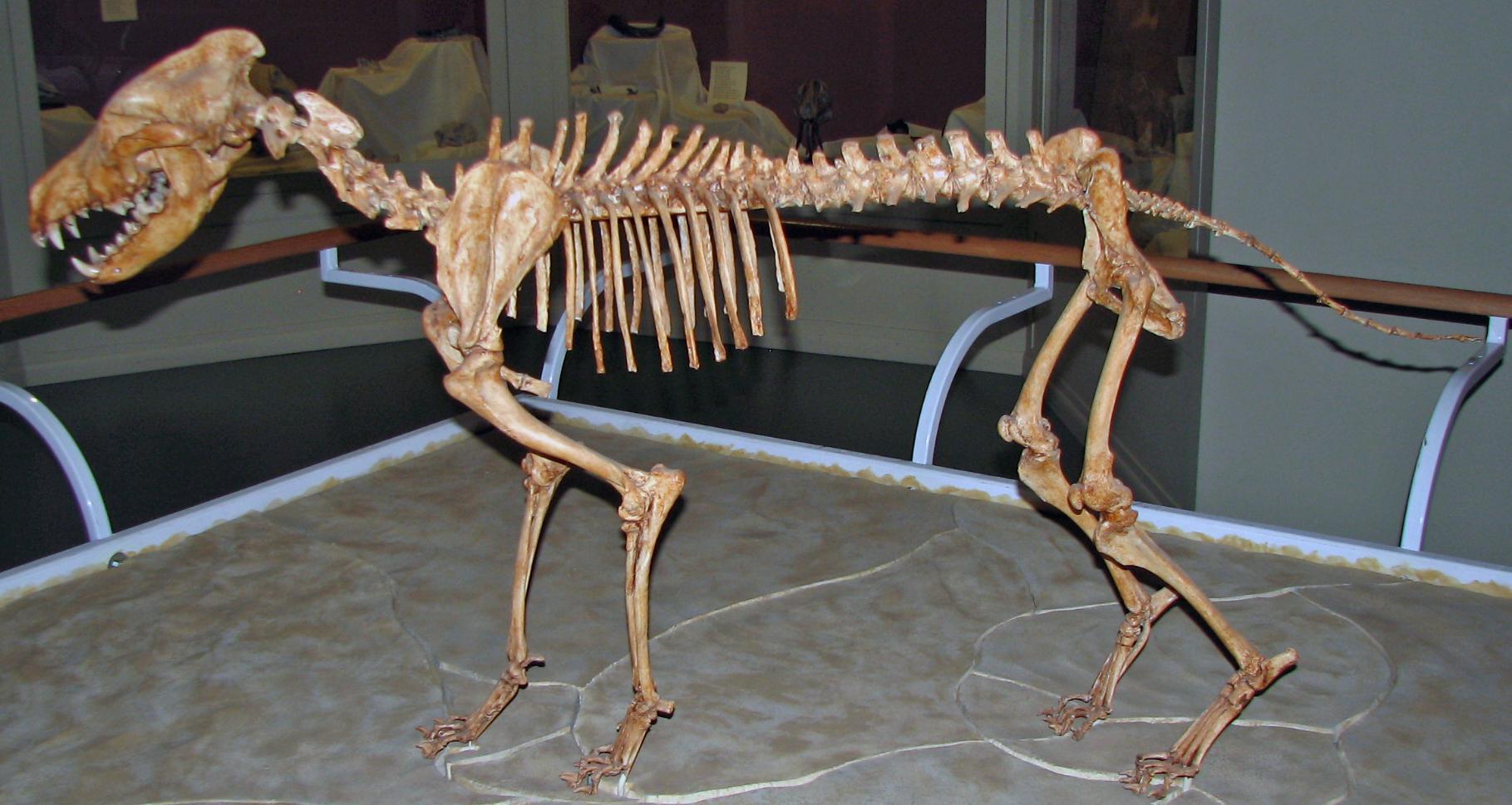
Source: Wikimedia
“If you’re doing any construction in this area, you’re going to hit fossils,” Davis said. As the regular excavation would have taken too much time, the team placed fossil deposits into boxes and transported them elsewhere to be inspected in what’s known as Project 23.
The Fossizled Remains of Project 23
In the black fossilized remains found in Project 23’s boxes, researchers have found fossils of saber-tooth cats, wolves, birds, deer, coyotes, and acorns.
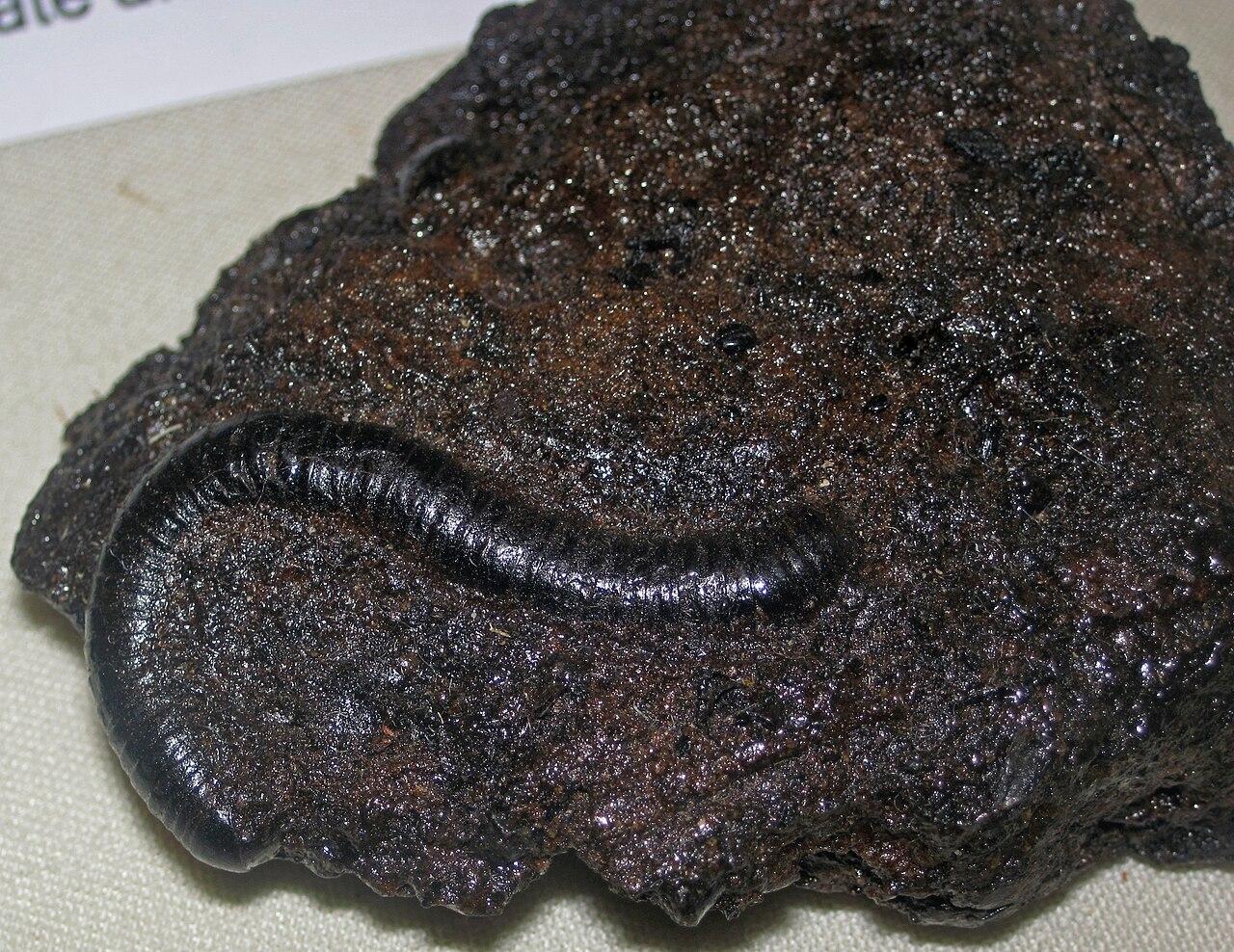
Source: Wikimedia
The enormous chunks of fossils weighed in excess of 86,000 pounds when the researchers first started sifting through the remains. Now, what’s left can easily fit on a table.
Cataloging the Numerous Fossils Found in California's Tar Pits
The deposit preparator, Laura Tewksbury, meticulously catalogs all of the individual fossils using name tags.
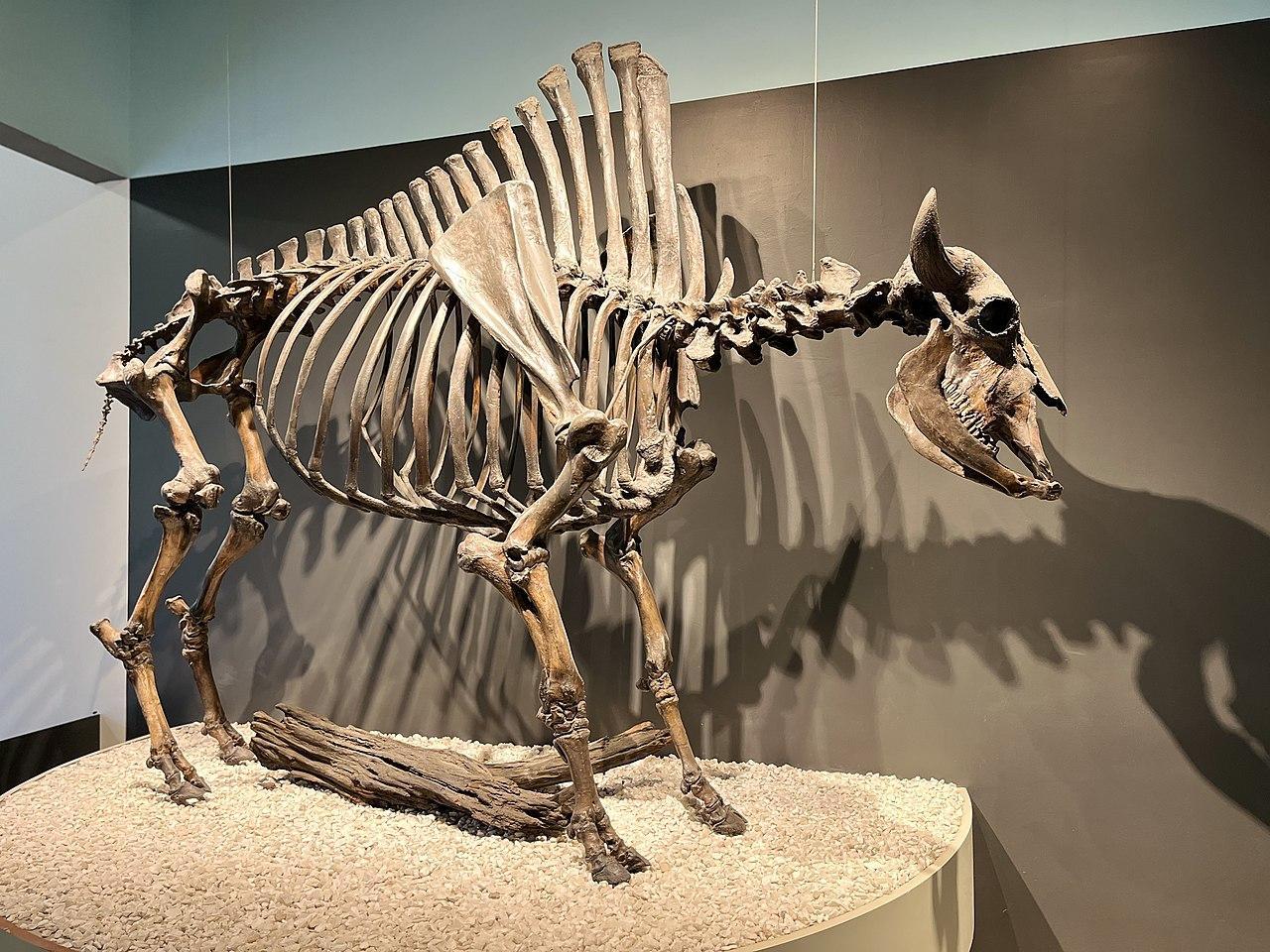
Source: Wikimedia
“Our story here is so much about extinction, but it’s also about survival because almost everything that we have here is still around,” she said, alluding to the fact that much of the megafauna died out around 13,000 years ago.
Thousands of Fossils at La Brae’s Museum
Many of the fossils recovered from the La Brea pits and the surrounding landscape are now on display at a museum. However, the museum is running out of space and will likely expand its building soon.
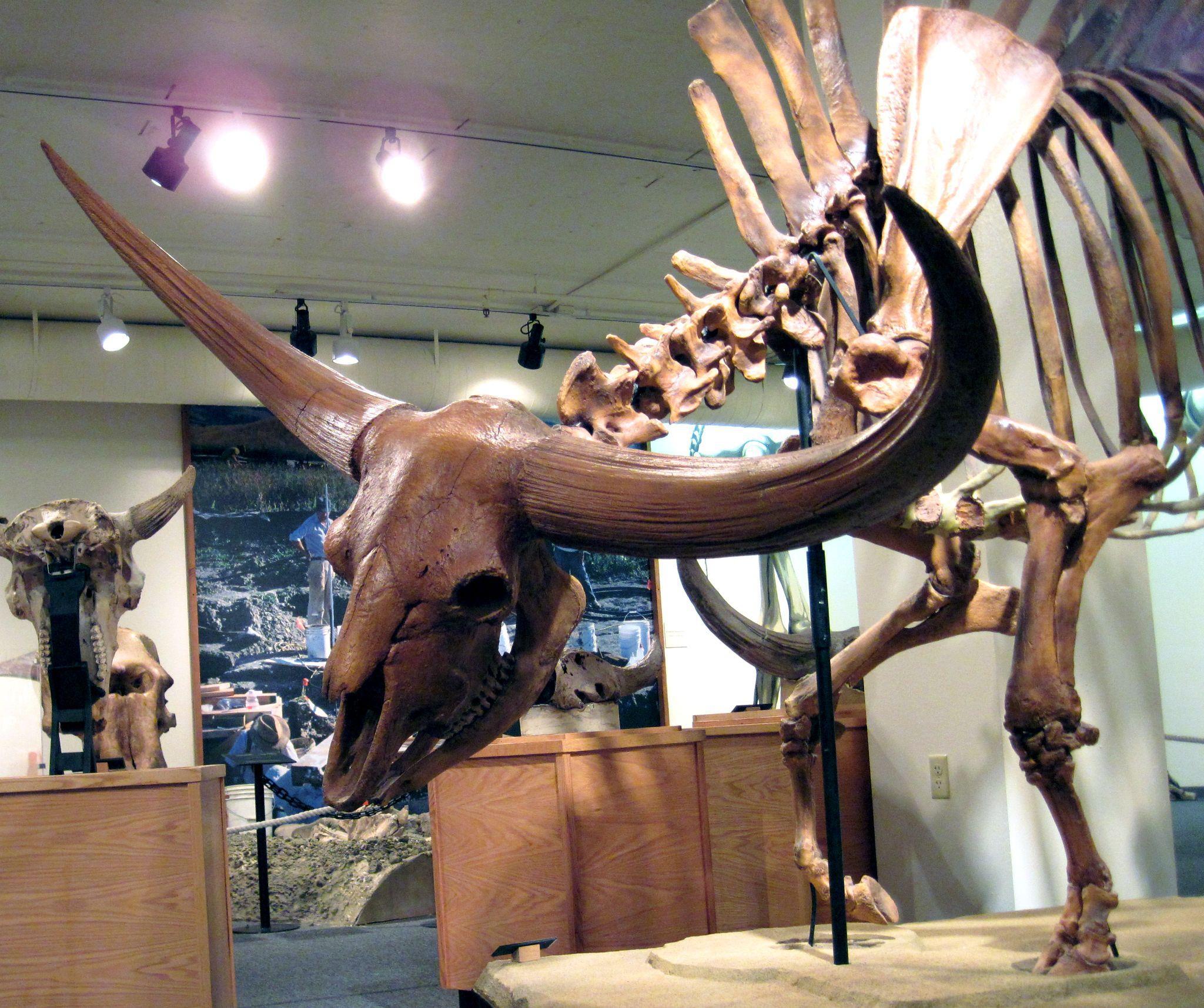
Source: Wikimedia
The collection holds over 3,600 fossils belonging to dire wolves alone. “We have enough fossils that we could have ten times the staff, ten times the paleontologists working here,” said Davis.
